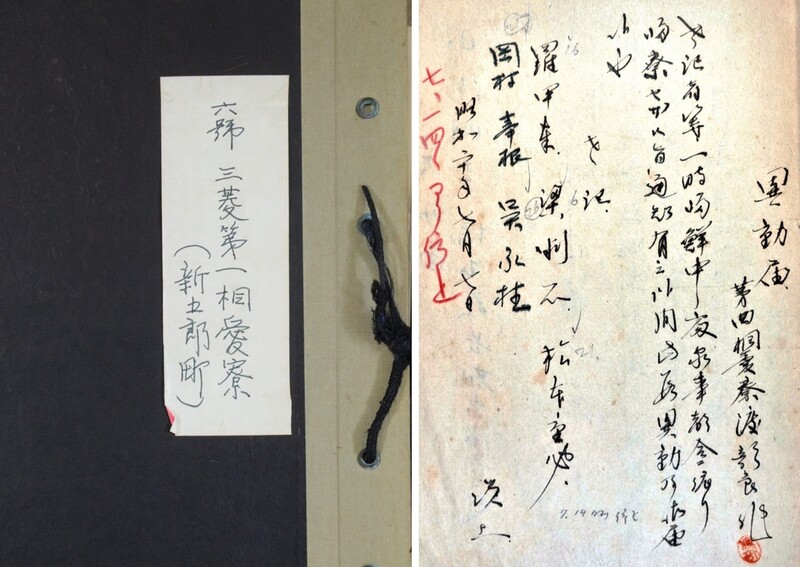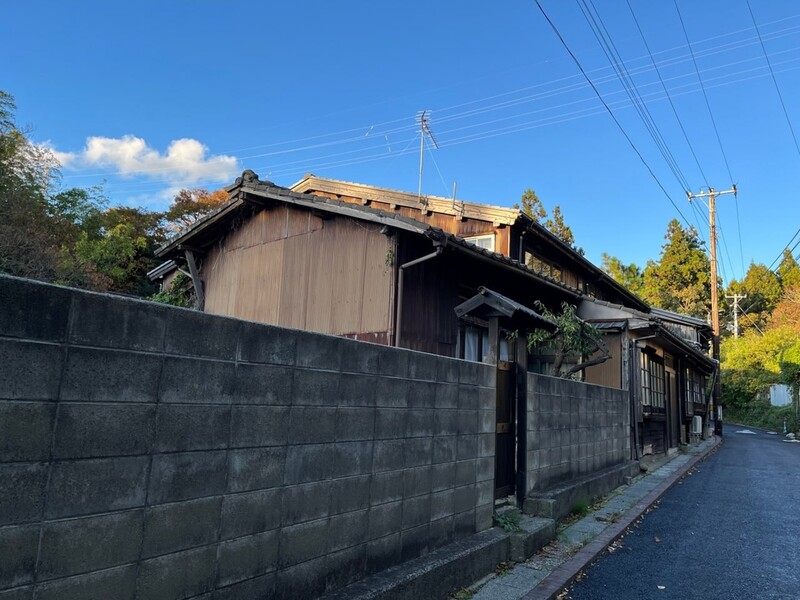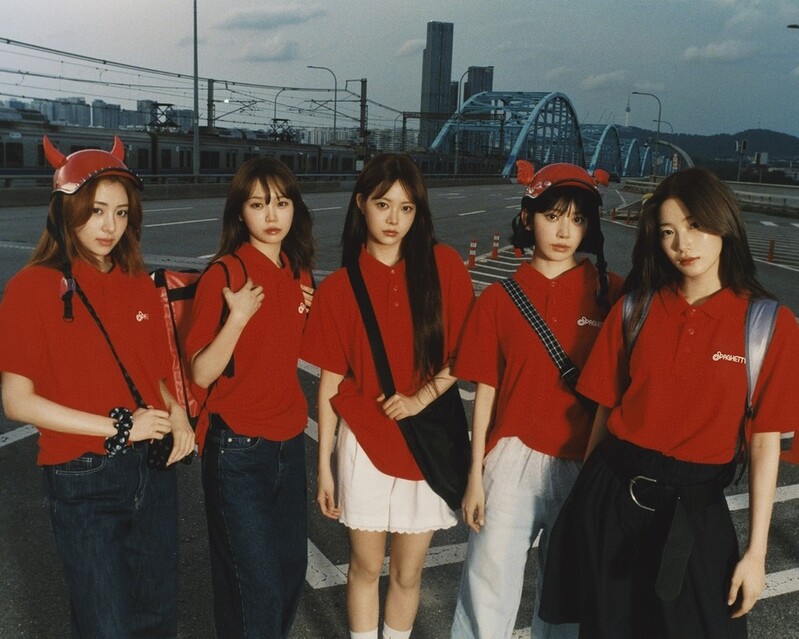 |
| ▲This photo provided by researcher Jung Hye-kyung of 'Forced Mobilization by Imperial Japan & Peace Researchers,' shows, 'Korean Tobacco Distribution List.' (PHOTO NOT FOR SALE) (Yonhap) |
 |
| ▲This photo provided by researcher Jung Hye-kyung of 'Forced Mobilization by Imperial Japan & Peace Researchers,' shows tobacco seller which kept the 'Korean Tobacco Distribution List.' (PHOTO NOT FOR SALE) (Yonhap) |
 |
| ▲This photo, shows mine cart used at Sado mine. (Yonhap) |
SEOUL January 9 (Yonhap) -- Names of over 700 Koreans who were forced into hard labor at Sado mine in Japan during World War II have been verified.
As Japanese government continues to register the Sado mine, the former gold and silver mine, where a number of Koreans were forced into hard labor during World War II, as a heritage site. Recent finding of the documentation of names who were forced into labor at the Sado mine is expected to shine a light in Japan’s brutal actions throughout the colonial period of Korea.
Jung Hye-kyung leading researcher of “Forced Mobilization by Imperial Japan & Peace Researchers,” addressed on Monday that through her investigation on three of the “Korean Tobacco Distribution list” and additional papers which was included within the booklet researcher found out 745 of the Koreans who were forced into Labor at Sado mine.
Analysis of “The Korean Tobacco Distribution List,” was featured in “The Journal of Korean-Japanese National Studies,” under the title of “Mitsubishi Mining Company's Sado Mine Compulsory Mobilization of Korean Tobacco Distribution List.”
Within the academia, Jung Hye-Kyung’s thesis is the first which addresses the analysis of three various “Korean Tobacco Distribution List,” addressed researcher Jung.
Researcher Jung Hye-kyung extracted information of total, 494 Korean from the “The Korean Tobacco Distribution List,” seven of the list regarding the forced into hard labor preserved in National Archives of Korea, research done by Japanese Civic groups, and more in total of 24 various sources to analyze Koreans who were forced into labor in Sado mine.
As a result, total of 580 of the names and gender were verified and partial information of additional 160 of the people was verified.
창씨 was an act done by Japanese imperialist who forced Korean people to change their sir name into Japanese sir name during the time of Japanese colonialism.
“Sado min booklet” which is a document written by Sado mine states that in 1945 there were over 1500 Korean people working at the mine.
However, there isn’t a single document indicating the names of victims of forced labor at Sado mine during that era, therefore the researchers suffered from lack of information to base their research from. Roughly 150 of the people have filed claims regarding their suffrage at Sado mine to South Korean government.
“The Korean Tobacco Distribution List” was very hard to analyze due to various hand writings, and sir names that has been changed forcefully by the Japanese imperialists.
Moreover, the list was missing the countries forced laborers were taken from; therefore it was hard for the researchers to make a full use out of.
Research done by Jung Hye-kyung provides great meaning in terms that three of various lists from Sado mine were compared and contrasted with one another to increase the accuracy of the data being published within the paper being published as a result of the research.
Some of the legal domicile of those who were forced into labor at Sado mine was identified throughout the research.
Emeritus Hirose Teizo of Fukuoka University who is considered to be the founding member of the research related to Sado mine and Koreans who have been forcefully drafted into work there, pointed out that Koreans were taken away from South and North Chungcheong province, however after the research it became evident that people from various parts of Korea from Gangwon, North Gyeongsang Province and more.
Continuing on, data regarding the labor conducted in Sado mine was forced upon was verified.
Within the additional materials found within the “Korean Tobacco Distribution List,” cases of rouge workers, who have hopped the fence and escaped the Sado mine or those who have never returned back to the camp after visiting Korea from Japan on an official business, have been indicated.
According to the documents written by the Japanese police forces back in the days, there were cases where Koreans put up a strike against Japanese regulators at the Sado mine
Some of the cases where the Japanese imperialists who have decided to continuously abused Korean people by forcing upon the labor at Sado mine, despite of the liberation of Korea, and various cases regarding the hardships Japanese imperialists have forced upon Korean people were included within the thesis of researcher Jung Hye-kyung.
Sado mine which is located within one of the small island called Sado Island located in front of the Coast of Nagata Ken, was known for the home of alluvial gold, was used as main attribute of producing iron, copper, and various materials used to create weapons.
Korean workers were first introduced to Sado mine on February of 1939 and officially worked until July of 1945.
Japan has submitted a revised version of a recommendation letter to UNESCO in a bid to have a former gold mine on Sado Island, a site linked to wartime forced labor, recognized as a World Heritage Site on February of 2022 which excludes the fact that it was used as a scene of forced labor of Koreans.
(This article is translated from Korea to English by Joonha Yoo)
(END)
(C) Yonhap News Agency. All Rights Reserved














![[방송 소식] MBC 대학가요제 13년 만에 부활…26일 방송](https://korean-vibe.com/news/data/20251024/yna1065624915904676_716_thum.jpg)
![[신간] 레넌과 매카트니는 경쟁자였을까…'존 앤드 폴'](https://korean-vibe.com/news/data/20251024/yna1065624915904305_293.jpg)







